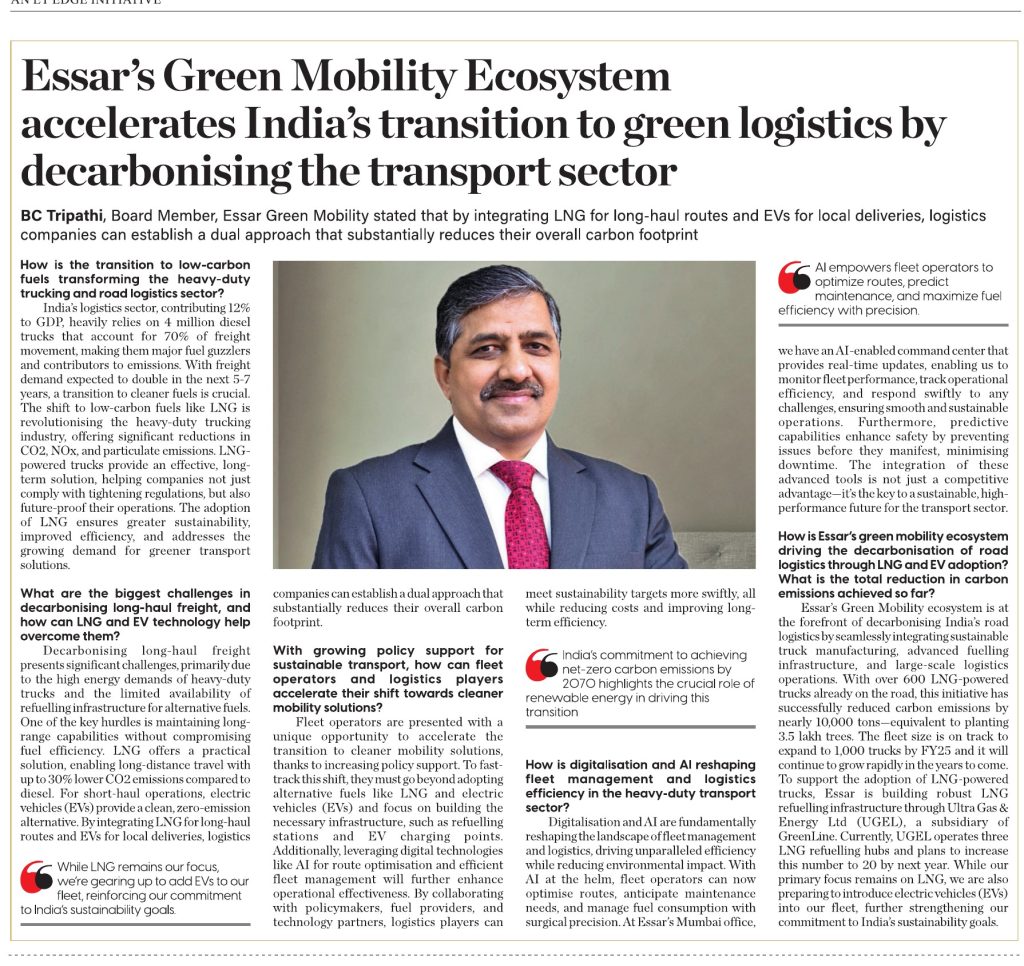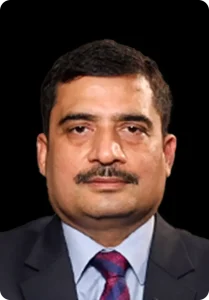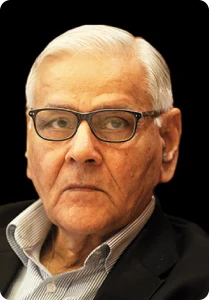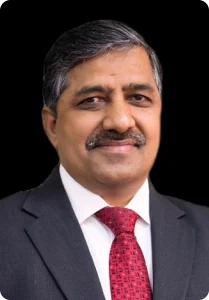BC Tripathi, Board Member, Essar Green Mobility stated that by integrating LNG for long-haul routes and EVs for local deliveries, logistics companies can establish a dual approach that substantially reduces their overall carbon footprint
How is the transition to low-carbon fuels transforming the heavy-duty trucking and road logistics sector?
India’s logistics sector, contributing 12% to GDP, heavily relies on 4 million diesel trucks that account for 70% of freight movement, making them major fuel guzzlers and contributors to emissions. With freight demand expected to double in the next 5-7 years, a transition to cleaner fuels is crucial. The shift to low-carbon fuels like LNG is revolutionising the heavy-duty trucking industry, offering significant reductions in C02, NOx, and particulate emissions. LNG-powered trucks provide an effective, longterm solution, helping companies not just comply with tightening regulations, but also future-proof their operations. The adoption of LNG ensures greater sustainability, improved efficiency, and addresses the growing demand for greener transport solutions.
What are the biggest challenges in decarbonising long-haul freight, and how can LNG and EV technology help overcome them?
Decarbonising long-haul freight presents significant challenges, primarily due to the high energy demands of heavy-duty trucks and the limited availability of refuelling infrastructure for alternative fuels. One of the key hurdles is maintaining long-range capabilities without compromising fuel efficiency. LNG offers a practical solution, enabling long-distance travel with up to 30% lower C02 emissions compared to diesel. For short-haul operations, electric vehicles (EVs) provide a clean, zero-emission alternative. By integrating LNG for long-haul routes and EVs for local deliveries, logistics companies can establish a dual approach that substantially reduces their overall carbon footprint.
While LNG remains our focus, we’re gearing up to add EVs to our fleet, reinforcing our commitment to India’s sustainability goals.
With growing policy support for sustainable transport, how can fleet operators and logistics players accelerate their shift towards cleaner mobility solutions?
Fleet operators are presented with a unique opportunity to accelerate the transition to cleaner mobility solutions, thanks to increasing policy support. To fast-track this shift, they must go beyond adopting alternative fuels like LNG and electric vehicles (EVs) and focus on building the necessary infrastructure, such as refuelling stations and EV charging points. Additionally, leveraging digital technologies like AI for route optimisation and efficient fleet management will further enhance operational effectiveness. By collaborating with policymakers, fuel providers, and technology partners, logistics players can meet sustainability targets more swiftly, all while reducing costs and improving longterm efficiency.
India’s commitment to achieving net-zero carbon emissions by 2070 highlights the crucial role of renewable energy in driving this transition
How is digitalisation and AI reshaping fleet management and logistics efficiency in the heavy-duty transport sector?
Digitalisation and AI are fundamentally reshaping the landscape of fleet management and logistics, driving unparalleled efficiency while reducing environmental impact. With AI at the helm, fleet operators can now optimise routes, anticipate maintenance needs, and manage fuel consumption with surgical precision. At Essar’s Mumbai office, we have an AI -enabled command center that provides real-time updates, enabling us to monitor fleet performance, track operational efficiency, and respond swiftly to any challenges, ensuring smooth and sustainable operations. Furthermore, predictive capabilities enhance safety by preventing issues before they manifest, minimising downtime. The integration of these advanced tools is not just a competitive advantage—it’s the key to a sustainable, high-performance future for the transport sector.
AI empowers fleet operators to optimize routes, predict maintenance, and maximize fuel efficiency with precision.
How is Essar’s green mobility ecosystem driving the decarbonisation of road logistics through LNG and EV adoption? What is the total reduction in carbon emissions achieved so far?
Essar’s Green Mobility ecosystem is at the forefront of decarbonising India’s road logistics by seamlessly integrating sustainable truck manufacturing, advanced fuelling infrastructure, and large-scale logistics operations. With over 600 LNG-powered trucks already on the road, this initiative has successfully reduced carbon emissions by nearly 10,000 tons—equivalent to planting 3.5 lakh trees. The fleet size is on track to expand to 1,000 trucks by FY25 and it will continue to grow rapidly in the years to come. To support the adoption of LNG-powered trucks, Essar is building robust LNG refuelling infrastructure through Ultra Gas & Energy Ltd (UGEL), a subsidiary of GreenLine. Currently, UGEL operates three LNG refuelling hubs and plans to increase this number to 20 by next year. While our primary focus remains on LNG, we arc also preparing to introduce electric vehicles (EVs) into our fleet, further strengthening our commitment to India’s sustainability goals.
Source: The Economic Times
















































